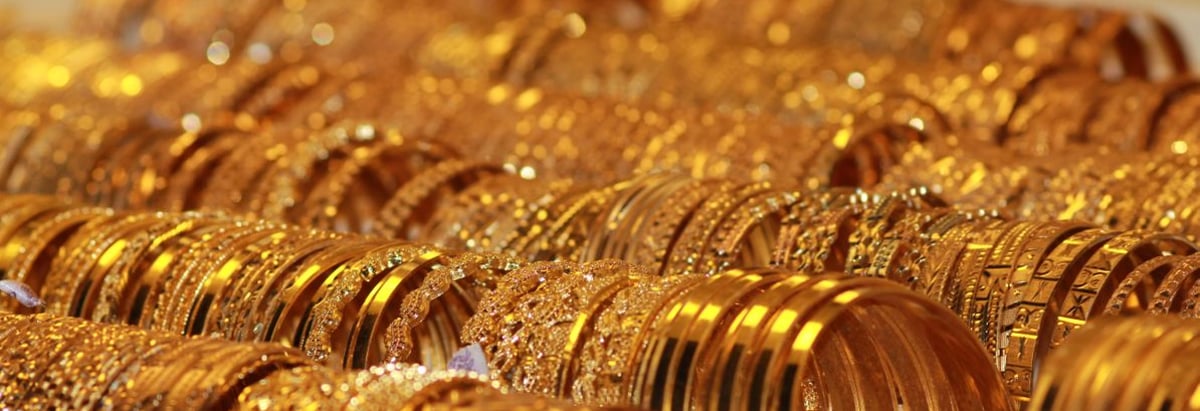Stock Analysis
- Australia
- /
- Metals and Mining
- /
- ASX:STK
Retail investors invested in Strickland Metals Limited (ASX:STK) copped the brunt of last week's AU$20m market cap decline

Key Insights
- Significant control over Strickland Metals by retail investors implies that the general public has more power to influence management and governance-related decisions
- 50% of the business is held by the top 18 shareholders
- Insider ownership in Strickland Metals is 19%
If you want to know who really controls Strickland Metals Limited (ASX:STK), then you'll have to look at the makeup of its share registry. And the group that holds the biggest piece of the pie are retail investors with 47% ownership. Put another way, the group faces the maximum upside potential (or downside risk).
As market cap fell to AU$155m last week, retail investors would have faced the highest losses than any other shareholder groups of the company.
Let's delve deeper into each type of owner of Strickland Metals, beginning with the chart below.
See our latest analysis for Strickland Metals
What Does The Institutional Ownership Tell Us About Strickland Metals?
Institutional investors commonly compare their own returns to the returns of a commonly followed index. So they generally do consider buying larger companies that are included in the relevant benchmark index.
Since institutions own only a small portion of Strickland Metals, many may not have spent much time considering the stock. But it's clear that some have; and they liked it enough to buy in. So if the company itself can improve over time, we may well see more institutional buyers in the future. It is not uncommon to see a big share price rise if multiple institutional investors are trying to buy into a stock at the same time. So check out the historic earnings trajectory, below, but keep in mind it's the future that counts most.
Strickland Metals is not owned by hedge funds. ISIHC Ltd is currently the largest shareholder, with 17% of shares outstanding. In comparison, the second and third largest shareholders hold about 7.8% and 4.0% of the stock.
A closer look at our ownership figures suggests that the top 18 shareholders have a combined ownership of 50% implying that no single shareholder has a majority.
Researching institutional ownership is a good way to gauge and filter a stock's expected performance. The same can be achieved by studying analyst sentiments. We're not picking up on any analyst coverage of the stock at the moment, so the company is unlikely to be widely held.
Insider Ownership Of Strickland Metals
The definition of an insider can differ slightly between different countries, but members of the board of directors always count. Company management run the business, but the CEO will answer to the board, even if he or she is a member of it.
Insider ownership is positive when it signals leadership are thinking like the true owners of the company. However, high insider ownership can also give immense power to a small group within the company. This can be negative in some circumstances.
It seems insiders own a significant proportion of Strickland Metals Limited. It has a market capitalization of just AU$155m, and insiders have AU$30m worth of shares in their own names. We would say this shows alignment with shareholders, but it is worth noting that the company is still quite small; some insiders may have founded the business. You can click here to see if those insiders have been buying or selling.
General Public Ownership
With a 47% ownership, the general public, mostly comprising of individual investors, have some degree of sway over Strickland Metals. This size of ownership, while considerable, may not be enough to change company policy if the decision is not in sync with other large shareholders.
Private Company Ownership
It seems that Private Companies own 29%, of the Strickland Metals stock. It's hard to draw any conclusions from this fact alone, so its worth looking into who owns those private companies. Sometimes insiders or other related parties have an interest in shares in a public company through a separate private company.
Next Steps:
While it is well worth considering the different groups that own a company, there are other factors that are even more important. Take risks for example - Strickland Metals has 3 warning signs (and 2 which are potentially serious) we think you should know about.
Of course this may not be the best stock to buy. So take a peek at this free free list of interesting companies.
NB: Figures in this article are calculated using data from the last twelve months, which refer to the 12-month period ending on the last date of the month the financial statement is dated. This may not be consistent with full year annual report figures.
New: Manage All Your Stock Portfolios in One Place
We've created the ultimate portfolio companion for stock investors, and it's free.
• Connect an unlimited number of Portfolios and see your total in one currency
• Be alerted to new Warning Signs or Risks via email or mobile
• Track the Fair Value of your stocks
Have feedback on this article? Concerned about the content? Get in touch with us directly. Alternatively, email editorial-team (at) simplywallst.com.
This article by Simply Wall St is general in nature. We provide commentary based on historical data and analyst forecasts only using an unbiased methodology and our articles are not intended to be financial advice. It does not constitute a recommendation to buy or sell any stock, and does not take account of your objectives, or your financial situation. We aim to bring you long-term focused analysis driven by fundamental data. Note that our analysis may not factor in the latest price-sensitive company announcements or qualitative material. Simply Wall St has no position in any stocks mentioned.
About ASX:STK
Strickland Metals
Engages in the exploration of mineral resources in Australia.

